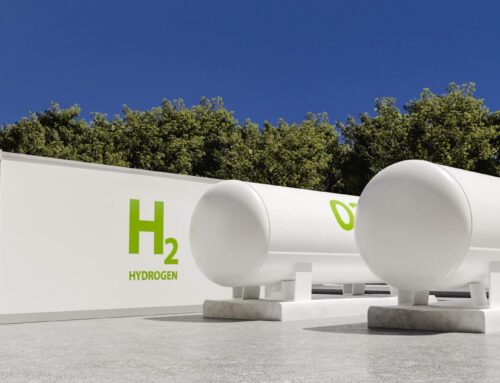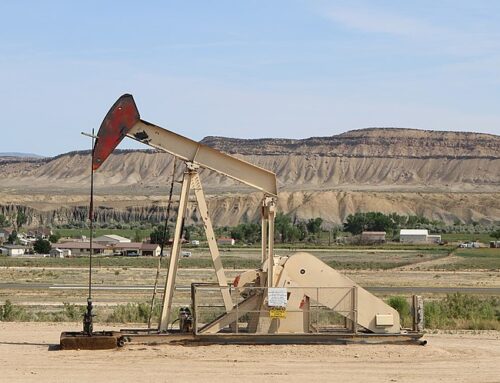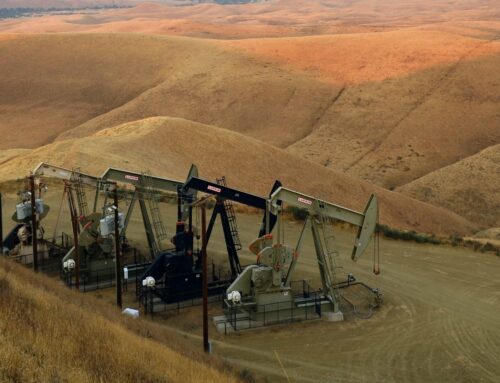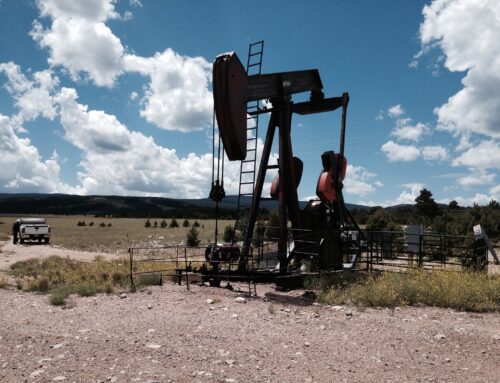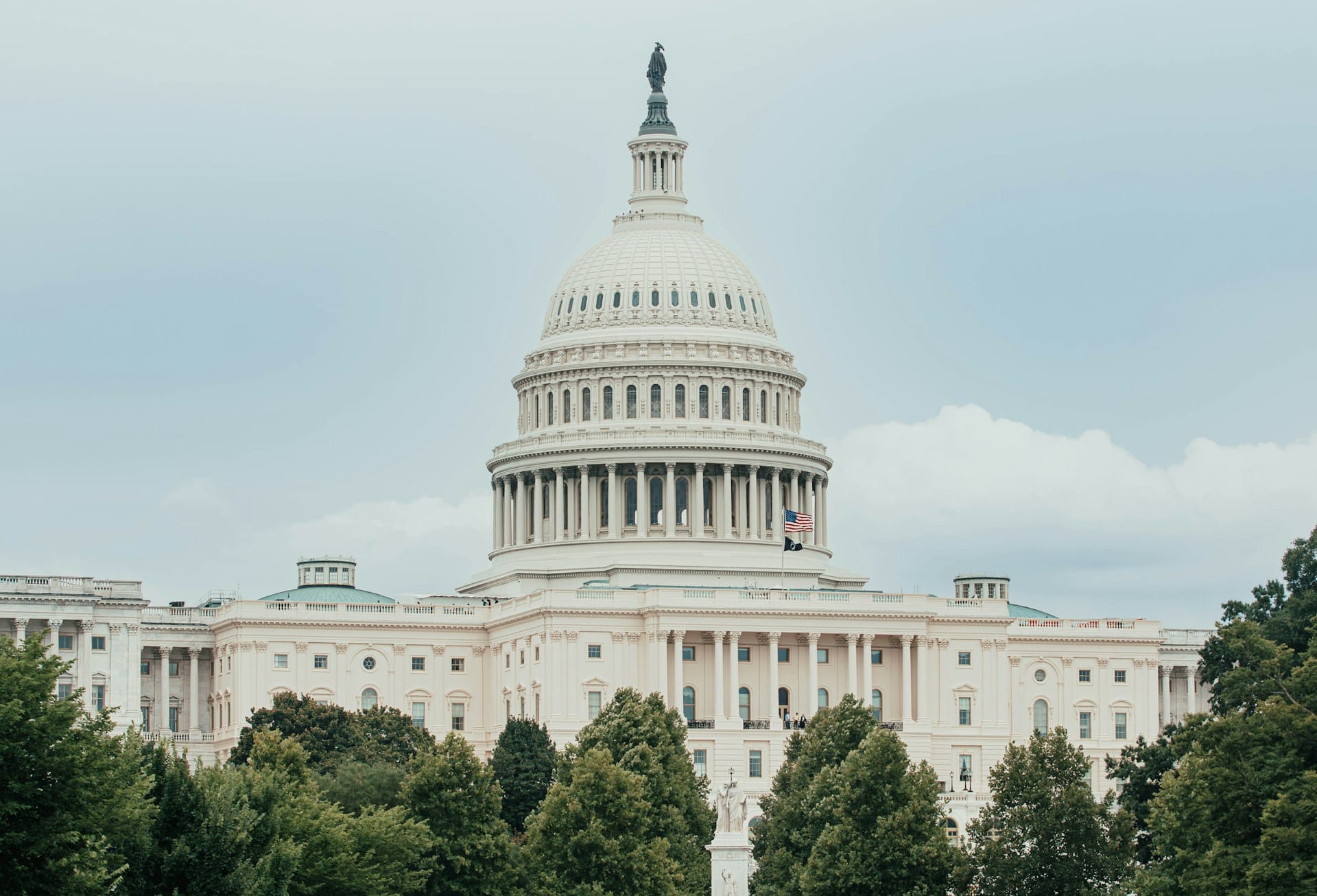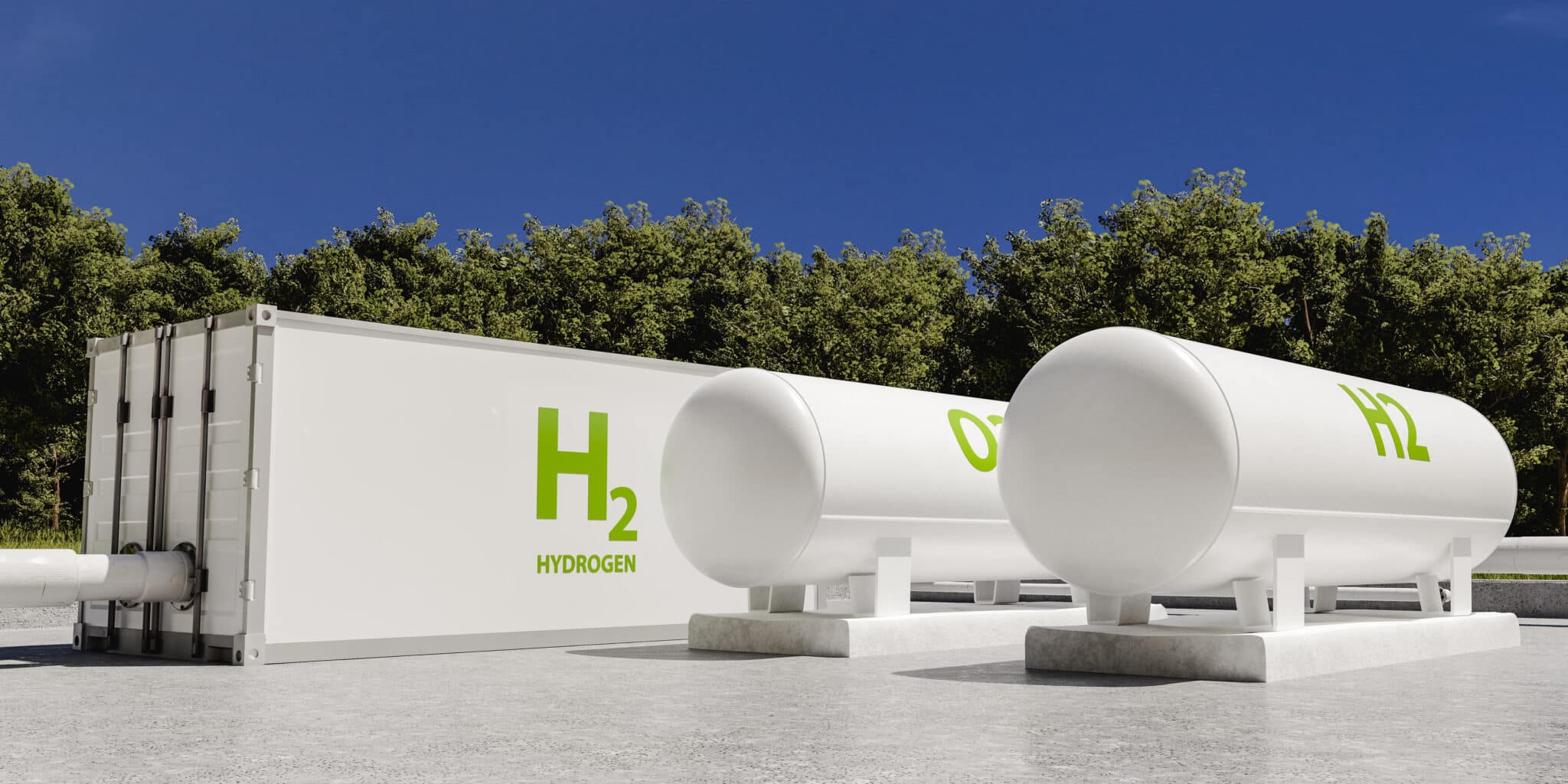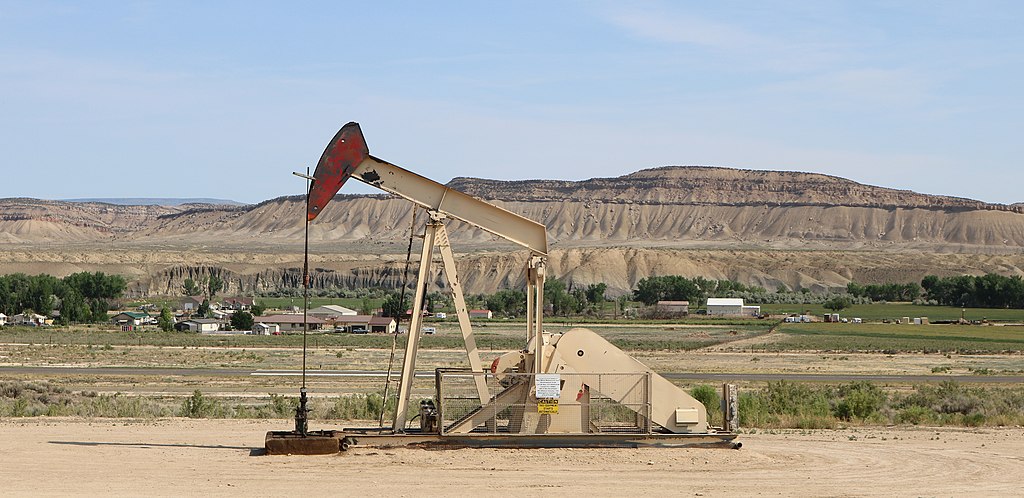On July 4th President Trump signed the FY2025 budget reconciliation bill, also known as the One Big Beautiful Bill Act (OBBBA), into law. The sprawling legislation includes a number of significant changes to federal policies and spending, including modifications to the terms of our federal onshore oil and gas leasing program.
America's public lands and natural resources are owned by taxpayers. The federal government manages the development of our publicly owned oil and gas by leasing land to private companies to extract these resources and sell them for profit. In return, taxpayers receive revenue through bids at competitive auctions to acquire leases, per acre rents paid on nonproducing leases, and royalties assessed on the value of oil and gas produced, among other fees
The One Big Beautiful Bill Act takes a hatchet to bipartisan commonsense leasing reforms by:
- Lowering the onshore royalty rate to its outdated 1920s rate,
- Reinstating the practice of noncompetitive leasing,
- Eliminating a modest fee for nominating land for auction to help address the administrative costs.
This marks a complete reversal of recent reforms to modernize the leasing system—reforms that have contributed to record revenues and increased competition over the past two years. According to Bureau of Land Management (BLM estimates, the modernized leasing terms enacted in 2022 were projected to generate $12.7 billion for federal and state taxpayers between 2023 and 2042.
Rolling back these updates greatly undervalues our federal resources, costing taxpayers potentially billions in lost revenue and locking taxpayers into bad deals for decades to come.
Outdated, 12.5% Royalty Rate Will Decrease Revenue for Taxpayers
The OBBBA slashes the onshore royalty rate for new federal oil and gas leases from the current rate of 16.7% to 12.5%—a move that hands billions of dollars in potential revenue to the oil and gas industry at the expense of taxpayers and local communities.
Over 100 years ago, Congress established the federal royalty rate for oil and gas extracted from federal lands in the Mineral Leasing Act of 1920 (MLA), setting a statutory minimum of 12.5% of the resource's market value—a rate that went unchanged until 2022, when it was raised to 16.7%.
Royalties make up the bulk of the federal onshore oil and gas leasing system's income. In 2024, they accounted for 97% of all revenue the Office of Natural Resources revenue (ONRR) collected from onshore leases. Across all federal lands, TCS estimates that, had the 16.67% rate been applied over the last decade, 2015 to 2024, taxpayers would have received an additional $1.5 billion per year.
Royalty rates have little impact on oil and gas production, meaning that the new, lower rate will cost potential revenue without contributing to increased production. Oil and gas companies' leasing and production decisions are driven primarily by physical constraints and market conditions. Production occurs where oil and gas reserves are located—whether on state, private, or federal land—often regardless of the royalty rate. The nonpartisan Congressional Budget Office (CBO) estimates increasing royalty rates to 18.75% would have a "negligible" impact on oil and gas production on federal lands and the Government Accountability Office (GAO) similarly determined that raising the onshore royalty rate would have limited effects on industry interest in federal lands.
More accurately valuing valuable public resources would generate billions in new revenue. Congress's decision to lower the royalty rate to 12.5%—far below states like New Mexico and North Dakota—is a slap in the face of fiscal responsibility and will cost us billions in lost revenue.
Noncompetitive Leasing Will Undermine Fair Returns for Taxpayers
The OBBBA reinstates the costly noncompetitive leasing loophole from 1987, which allows parcels of federal land that received no bids at competitive auction to be re-listed the very next day and awarded for an administrative fee as low as $75. This practice circumvents the competitive leasing process—where companies bid against each other for access to federal mineral rights—depriving taxpayers of bid revenue, and frequently leads to nonproducing leases, blocking federal lands from other valuable uses like recreation, conservation, and other energy development.
Noncompetitive leasing has been widely abused by speculators and consistently failed to deliver fair value for taxpayers. From 2001 to 2020, the BLM issued more than 6,400 noncompetitive leases covering over 11 million acres. These noncompetitive acres account for 28% of all leased federal land. However, few noncompetitive leases ever entered production, generating negligible revenue and preventing other uses of federal land.
Noncompetitive leases are less likely than competitive leases to ever enter production—only 1% of noncompetitive leases issued between FY2003 and FY2009 entered production within the primary term of ten years. Noncompetitive leases also generate 5 times less revenue per acre than competitively leases— a mere $52.80 per acre compared to $259.87 per acre.
Instead, noncompetitive leasing led to millions of acres being blocked from other productive uses like other resource development, recreation, and conservation. Of the 6.2 million acres of federal land that have been leased noncompetitively in Nevada since 2000, none have ever produced oil or gas. In Montana, only 4 noncompetitive leases, covering less than 1,500 acres, have entered production as of 2022.
Competitive leasing is central to ensuring that taxpayers are fairly compensated when private companies develop America's publicly owned natural resources. Letting companies scoop up leases for a $75 filing fee after declining to bid at auction isn't a strategy for responsible energy development—it's a handout for the oil and gas industry.
Elimination of EOI Fee Will Encourage Speculation and Increase Administrative Costs
The OBBBA eliminates the $5 per acre expression of interest (EOI) fee for private entities requesting certain lands be included in a federal onshore oil and gas lease sale. For decades, entities were able to nominate parcels free of charge, regardless of whether the nominations were available for oil and gas leasing, let alone resulted in a lease. In 2022, Congress created an expression of interest fee of $5/acre, to be adjusted every 4 years to reflect inflation. The EOI fee sought to raise revenue and helped prevent speculative leasing by encouraging EOI submitters to complete basic due diligence and discouraging frivolous nominations, resulting in nominated parcels that oil and gas companies are more likely to develop.
Expression of interests (EOIs) accounts for nearly all nominations for parcels included in onshore oil and gas lease sales. The BLM can also submit a Bureau Motion to identify lands for oil and gas leasing and nominate them for an upcoming lease sale, but this process is rarely used; from 2018 to 2020, Bureau Motions accounted for less than 1 percent of total nominations. Upon receiving a parcel nomination, BLM examines its eligibility—which, according to the GAO, can range from less than an hour to over a week—and conducts an environmental assessment of the parcel to determine what conditions, if any, need to be added to the lease before development can begin—which, per the GAO, can cost $17,000 to $178,000 per auction.
By not charging an expression of interest fee, BLM wasted taxpayer dollars on evaluating nominations that would never lead to leases. From 2009 to 2019, 87 million acres of land were nominated for oil and gas leasing, but only 21 percent were eventually leased. In one particularly egregious example, 28 million acres of land in Nevada —almost half of the size of the entire state— were nominated for an oil and gas lease sale in 2014, but very few of those acres were eventually leased.
Requiring the BLM to conduct an extensive review for parcels they ultimately cannot or do not offer in a federal oil and gas lease auction wastes agency staff time and resources and therefore taxpayers' money. In 2021, the Department of the Interior (DOI) found that the lack of an Expression of Interest fee led to high costs and speculative leasing, reporting that "there is little disincentive for companies to identify large amounts of acreage regardless of the resource potential of that land or how seriously the nominator is considering bidding for the nominated parcels… The burden and expense then fall on BLM to process those parcels." Repealing this commonsense reform is all cost and no gain.
Mandated Lease Sales & Other OBBBA Provisions Compound These Risks
The OBBBA increases the frequency and size of lease sales by mandating the DOI immediately resume quarterly onshore oil and gas lease sales, ensure lease sales are conducted "immediately on completion of all applicable scoping, public comment, and environmental analysis requirements," and offer eligible parcels within 18 months of receiving an EOI. For quarterly lease sales in Wyoming, New Mexico, Colorado, Utah, Montana, North Dakota, Oklahoma, Nevada and Alaska, DOI is also required to offer not less than 50% of available, nominated parcels at quarterly auctions and hold a replacement sale if 25% or less of the offered acreage does not receive a bid.
Flooding the market at below-market rates undervalues our valuable natural resources and provides little return for taxpayers. And mandating more sales after a sale attracts little industry interest will only create more opportunities for speculators to scoop up leases at rock-bottom prices after competitive auctions. For example, in 2017, the DOI offered 11.8 million acres of federal land at competitive auction—far more than the 10-year average of 3 million acres—and leased just 6.7% of it—the lowest since 2009—at an average bid of $456 per acre. In contrast, DOI saw a higher percentage of acres leased at a higher average bid when leases were offered strategically at the more reasonable royalty rate of 16.67. In 2024 the DOI offered 115,000 acres and leased 66.8% of it at an average bid of $2,149 per acre—more than quadruple the 2017 average bid.
The taxpayer costs of the below market royalty rate, re-introduction of the noncompetitive leasing loophole, and elimination of the EOI fee are also exacerbated by these changes.


